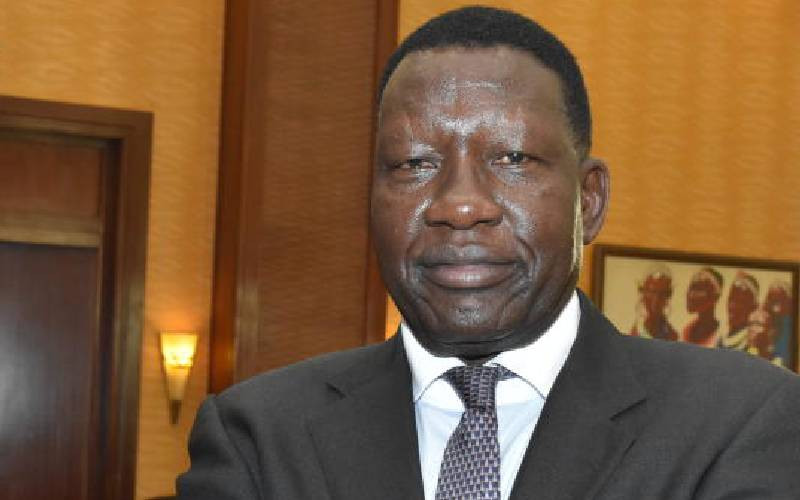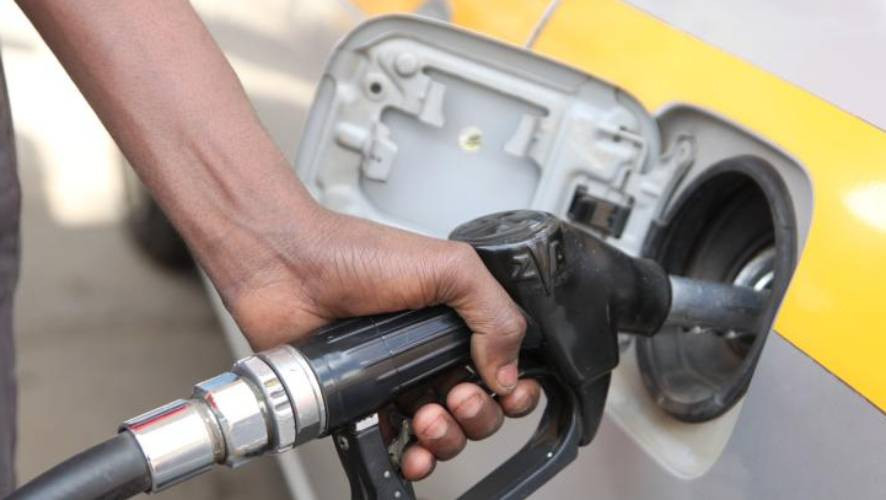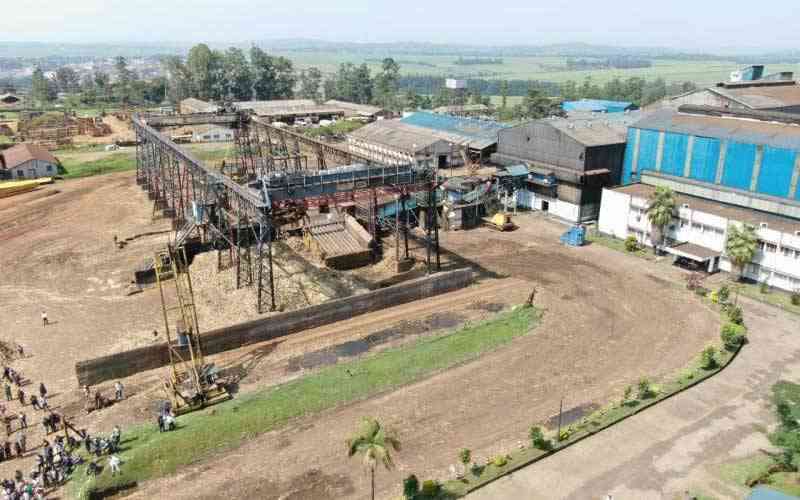
Kenyans should expect slightly high power costs due to low water levels at the country's largest electricity generation reservoir, Masinga Dam.
The low water levels have been attributed to the ongoing drought.
Because of its large volume, Masinga is crucial in regulating the flow of water to the other four hydroelectric power plants downstream.
Energy and Petroleum Cabinet Secretary Davis Chirchir told journalists after touring Masinga and Kamburu Dams on Friday that should the drought persist, the government might turn to the use of expensive diesel to generate power.
"As you are all aware, for the last five years, we have had a serious failure in the rains and this has caused low water levels," he said.
He said hydro contributes around 800 megawatts (MW) including those from Sondu Miriu and Turkwel dams, with Masinga producing 40MW.
He, however, said the water level at Turkwel is slightly much higher although there are constraints in the transmission lines between Kitale-Ortum and Turkwel.
Chirchir challenged Kenya Electricity Generating Company (KenGen), which also operates the Kindaruma, Gitaru and Kamburu dams to venture into solar energy.

He said the government will soon commission the eastern power link to Ethiopia, which is currently dispatching 200MW from Ethiopia.
The CS expressed fears that if the low water levels continue till March, there will be no other option than to shut down the Masinga plant.
"In the likely event that we get near the levels of 1,036 metres above sea level at the Masinga Dam, we may have no alternative but to stop the machines in line with our standard operating procedures and best practices in hydropower plant operation and maintenance," he said.
"The only challenge is that we might get power being slightly expensive because we are ramping up the diesel more than we ordinarily should be doing." Chirchir said Kenya is fairly diverse, unlike Zambia and Uganda which rely almost 100 per cent on hydroelectricity.
 The Standard Group Plc is a multi-media organization with investments in media platforms spanning newspaper print
operations, television, radio broadcasting, digital and online services. The Standard Group is recognized as a
leading multi-media house in Kenya with a key influence in matters of national and international interest.
The Standard Group Plc is a multi-media organization with investments in media platforms spanning newspaper print
operations, television, radio broadcasting, digital and online services. The Standard Group is recognized as a
leading multi-media house in Kenya with a key influence in matters of national and international interest.











